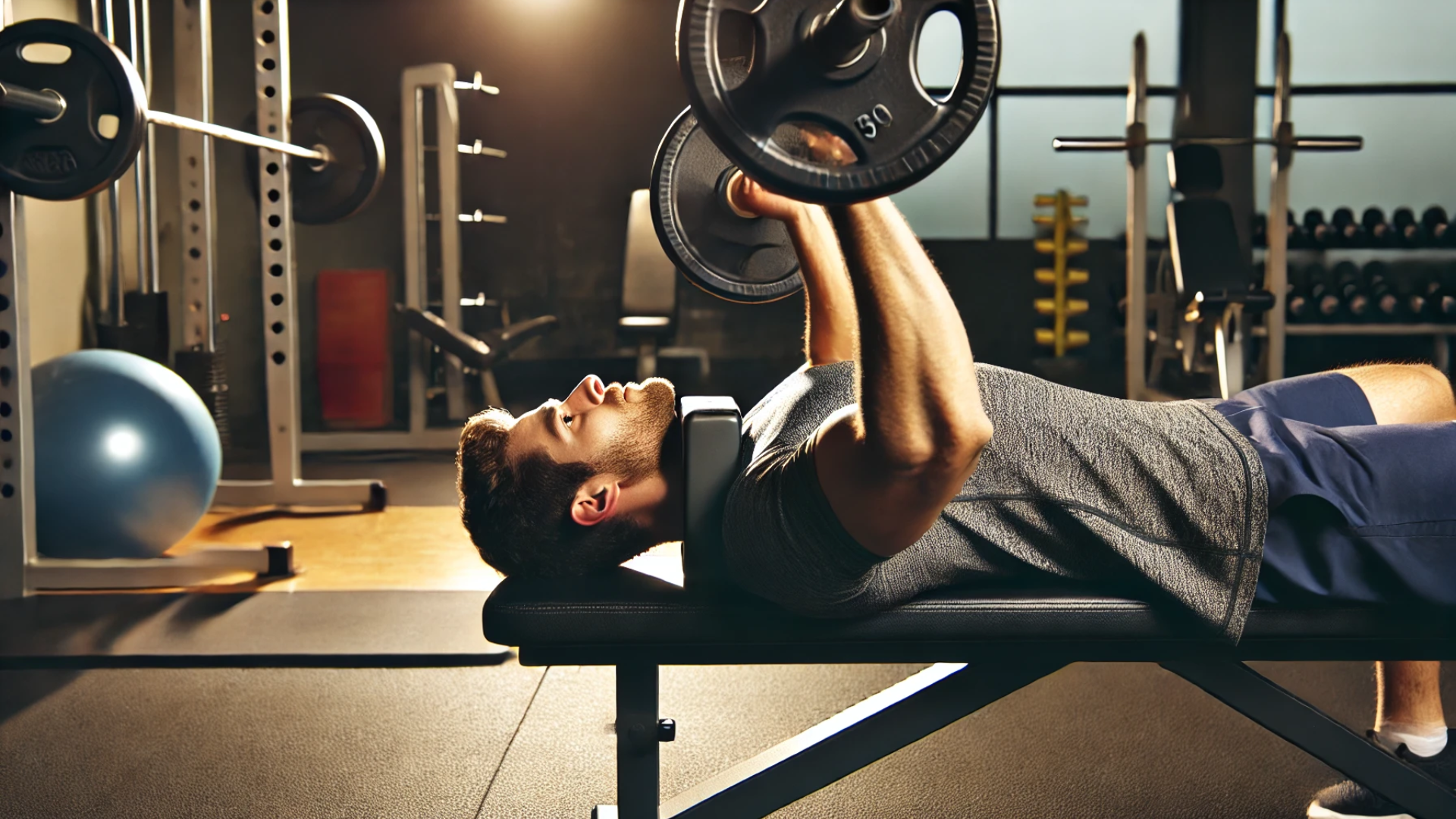
What Is a Weighted Neck Curl
A weighted neck curl is strength exercise targeted at the muscles in front of the neck, such as the sternocleidomastoid, by adding resistance to the movement (usually in the form of weight plates or a special neck harness), which will increase more muscle mass and strength within the neck. This is a common exercise used by wrestlers, football players, and boxers because their performances heavily rely on these strong neck muscles for performance and protection against injury.
HOW TO DO A WEIGHTED NECK CURL
Position Yourself Lie on a bench on your back, holding your head and neck straight beyond the edge of the bench. If you do this on the floor, place a towel under your head.
Hold the Weight: Place a small weight plate on your forehead, pinning it back with your hands. If you are going to use a neck harness, put it around your head with an attached weight dangling down.
Engage Your Core: Ensure that your core is tight and that your spine is neutral throughout movement.
Neck Curl: Slowly drop your chin to your chest, and you will curl that motion by flexing your neck. Make sure not to jerk your neck forward, move slowly.
Hold and Return : Hold for a second or two in the bottom position and slowly return your head back up to the top position.
Repeat: Do 3-4 sets of 10-15 repetitions depending on your fitness level. Use a lighter weight at first to get accustomed to the movement before progressively working up to heavier loads.
Benefits of neck curls
Stronger Neck Muscles
Of course, the most obvious effect of using weights during neck curls is that of enhancing one’s neck strength. The stronger the neck muscles are, the better the foundation it provides athletes of high-impact sports-those who play football, rugby, or MMA. These muscles can better absorb shock and impact forces which may otherwise cause neck injuries.
Improved Posture
Poor posture like slouching over a desk or hunched over a phone for a long stretch of time can weaken the muscles in your neck and lead to forward head posture, or “text neck.” Exercises like the weighted neck curl can help counteract this forward head position and may even keep you taller and straighter in your posture.
Injury Prevention
A strong neck is not just aesthetics and performance but rather gives key protection to your spine, protecting against a number of injuries such as whiplash. Stabilizing your head by the enhanced muscles in your neck can reduce strains and sprains or worse injuries when there are swiftness movements.
Better Athletic Performance
In contact sports, wrestling, boxing, or football often require good neck muscles to act as supporting structures to stabilize the head when impact is received, absorb impact, and maintain control if there is any physical contact. In this regard, a stronger neck might enhance your ability to withstand hits and remain at an optimal performance level during games or matches.
Neck Pain Minimization
Those who carry around chronic neck pains, most often from weak muscles in the neck region, would find relief in strengthening these. You’ll see how, with the workout of neck muscles, you are now providing greater support to the spine, which reduces tension and pain over time.
It’s Here Front Squat how to do it and what are its Benefits
FAQs
1. How often should I do weighted neck curls?
Start with 2-3 times a week. The neck muscles require some time to recover between the sessions. Once you get accustomed with the exercise, continue training and increase the frequency based on the fitness goal.
2. Can this exercise be done without weights?
You can do a neck curl using no weights initially to establish the basic strength or as a warm-up exercise before proceeding with heavier weights.
3. Is weighted neck curl safe for everyone?
While they can be quite helpful, consult a healthcare or fitness professional if you have existing neck issues before starting. Proper form is key to preventing injury.
4. What is a good start-up weight for this exercise?
Use a light weight, 2.5 to 5 pounds, and increase as your strength improves. Do not jump to heavier weights too quickly, or you may suffer from neck strain.

